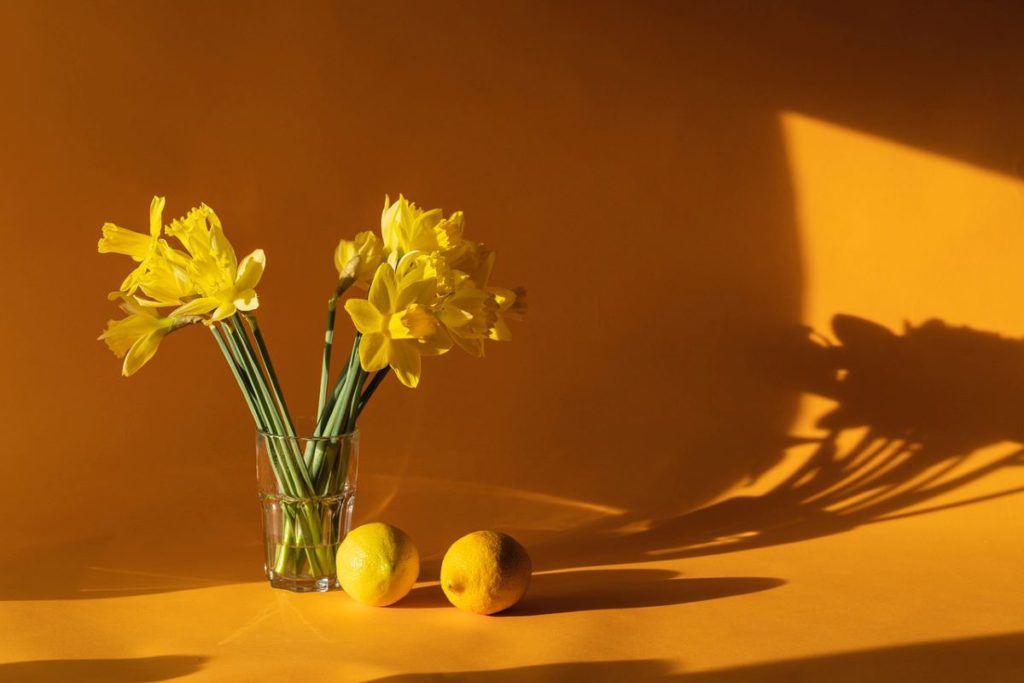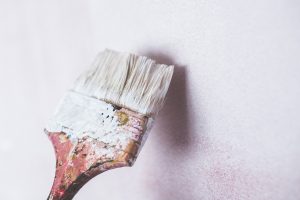
When giving your home a fresh look with a coat of paint, it’s important to avoid common mistakes that could spoil the outcome. Whether you’re capturing memories of your renovation project with camera drones or admiring your finished work through the lens of a Hasselblad camera, you’ll want your home to look its best. While hiring a professional can ease the process, DIY painting can be rewarding—if you steer clear of pitfalls. Before you begin, it’s essential to know the most frequent painting mistakes and how to avoid them to achieve a flawless finish.
Painting on a dirty surface
It is vital that you wash anything down before you paint it. Even if the wall or ceiling looks clean, it can still be messy. The paint will stick better when it is applied to a clean area. However, know that dust particles can interfere with the final results of the colour. You can also avoid a mould treatment for wood later if the surface is completely polished and clean before painting.

Un-prepared surface
Glossy surfaces will need to be lightly sanded before adding a new coat of paint, and any flaking or peeling paint should be removed before painting. The paint will not cover and stick if the surface has not been set or prepared correctly.
The right tool for the job
An essential part of the painting is using the correct roller or brush for the right job. There are different brushes for different areas that make cutting in and edge work a lot easier.
Not using protector tape
You need to apply tape around door frames, skirting, and even windowsills to ensure that the paint doesn’t get slopped around items that it should not be on. You wouldn’t want the interior wall finishes of your home to look shabby and unattractive. Hence the use of protector tape, as and when required, can be a huge beauty saviour.
Fixtures are left exposed
Before you start your painting, you need to cover items like light fixtures and doorknobs. You will be surprised by how much paint can drip and slide around, no matter how careful you are. If paint gets on the fixture, then you can end up with an ugly-looking fixture, as you may need to use a paint remover that could potentially damage surfaces.
What do we paint last? The ceiling
Painting the ceilings last can be a mistake, and when doing this, people tend to see their walls ruined with drips from the ceiling. Try an alternative flooring while you paint the ceiling to make sure that your paint doesn’t excessively drip and ruin your flooring work.
Not allowing enough dry time
Generally, you need to let the walls dry after washing them or during humid weather where the moisture would take time to completely dry. This works the same in the case of paint. Ensure you leave enough dry time in between coats. You need to take into consideration the room temperature as well as whether you need to allow more time than that stated on the tin.
Not using a paint primer
Primer needs to be used to give your paint a good surface to adhere to. It can improve the look of the paint and always needs to be used if you are painting over a darker colour with a white or beige shade or if you have heavy stains on the walls that light-coloured paint may not cover entirely. Using a primer can enhance the utility of even non-slip timber paint that can prove to be very advantageous for you. Trust me, you will know the difference.
There are many problems that people can get into when it comes to painting, especially if you are new to the DIY world. Try watching some tutorial videos, do your research, and ensure you have everything ready in hand before you start. Following these few tips above can help you avoid the common problems many DIY jobs run into.